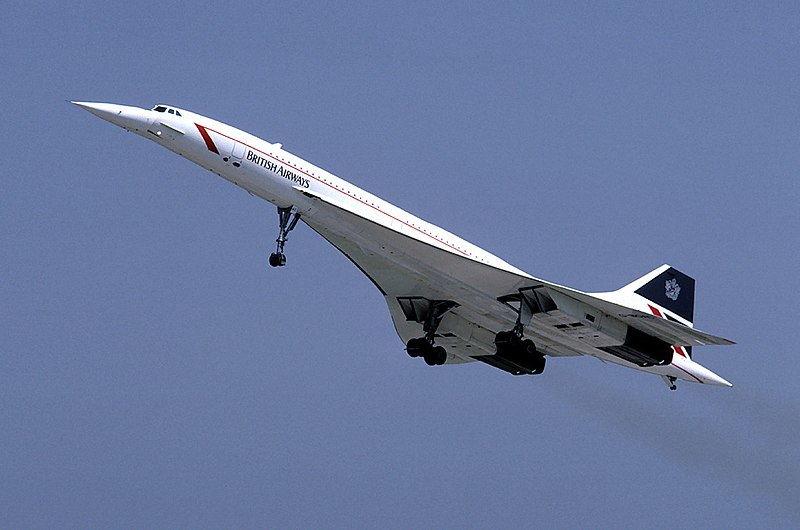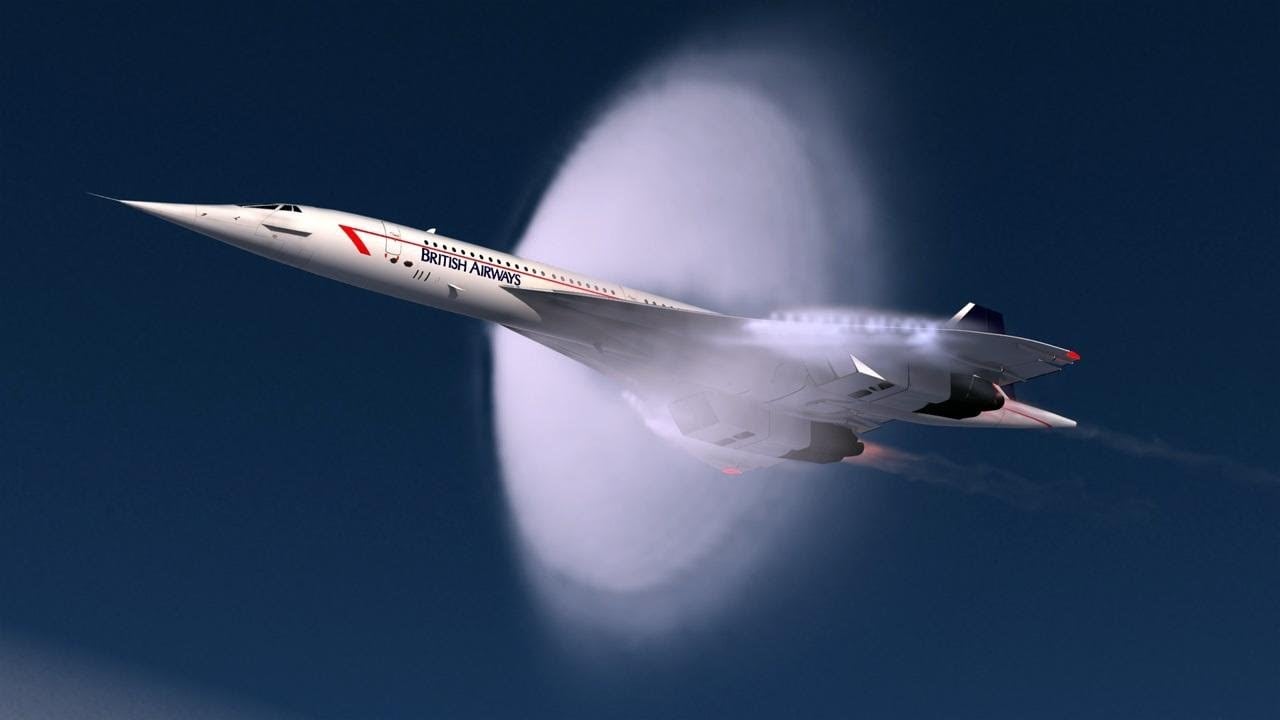 About
Recomends
X-AI
About
Recomends
X-AI


This was one of the plane I always loved and wanted to fly on! With its amazing supersonic speed and its sleek design I drolled over this plane for a long time.
The Aérospatiale/BAC Concorde is a retired Franco-British supersonic airliner jointly developed and manufactured by Sud Aviation (later Aérospatiale) and the British Aircraft Corporation (BAC). Studies started in 1954, and France and the UK signed a treaty establishing the development project on 29 November 1962, as the programme cost was estimated at £70 million (£1.39 billion in 2021). Construction of the six prototypes began in February 1965, and the first flight took off from Toulouse on 2 March 1969.
Concorde is a tailless aircraft design with a narrow fuselage permitting a 4-abreast seating for 92 to 128 passengers, an ogival delta wing and a droop nose for landing visibility. It is powered by four Rolls-Royce/Snecma Olympus 593 turbojets with variable engine intake ramps, and reheat for take-off and acceleration to supersonic speed. Constructed out of aluminium, it was the first airliner to have analogue fly-by-wire flight controls. The airliner could maintain a supercruise up to Mach 2.04 (2,170 km/h; 1,350 mph) at an altitude of 60,000 ft (18.3 km).
The origins of the Concorde project date to the early 1950s, when Arnold Hall, director of the Royal Aircraft Establishment (RAE), asked Morien Morgan to form a committee to study the supersonic transport (SST) concept. The group met for the first time in February 1954 and delivered their first report in April 1955. At the time it was known that the drag at supersonic speeds was strongly related to the span of the wing. This led to the use of short-span, thin trapezoidal wings such as those seen on the control surfaces of many missiles, or in aircraft such as the Lockheed F-104 Starfighter interceptor or the planned Avro 730 strategic bomber that the team studied. The team outlined a baseline configuration that resembled an enlarged Avro 730.
The concorde has an ajustable droop nose that can change its angle. This is to allow the pilots a good veiw of the runway when they take off and land. In normal airborn flight, the nise would be fully raised up.
The plane would be operated by a crew of three: 2 pilots and a flight engineer. In 1967, the plane was first introduced into public in France. The sleek supersonic airliner caused the public to go wild with excitment. More than a dozen airliners from around the world placed orders for the jet.
All seemed well with the plane except for one issue: One of the byproducts of supersonic flight is the sonic boom which produces tremendous amounts of sound thus the Concorde was mostly limited to flying over water while spending minimal time over land. Residents near the airports complained of the sound produced by the four powerful engines of the Concorde. Because of the combination of environmental and economic concerns, most of Concorde customers droped their orders.

Sources:https://en.wikipedia.org/wiki/Concorde